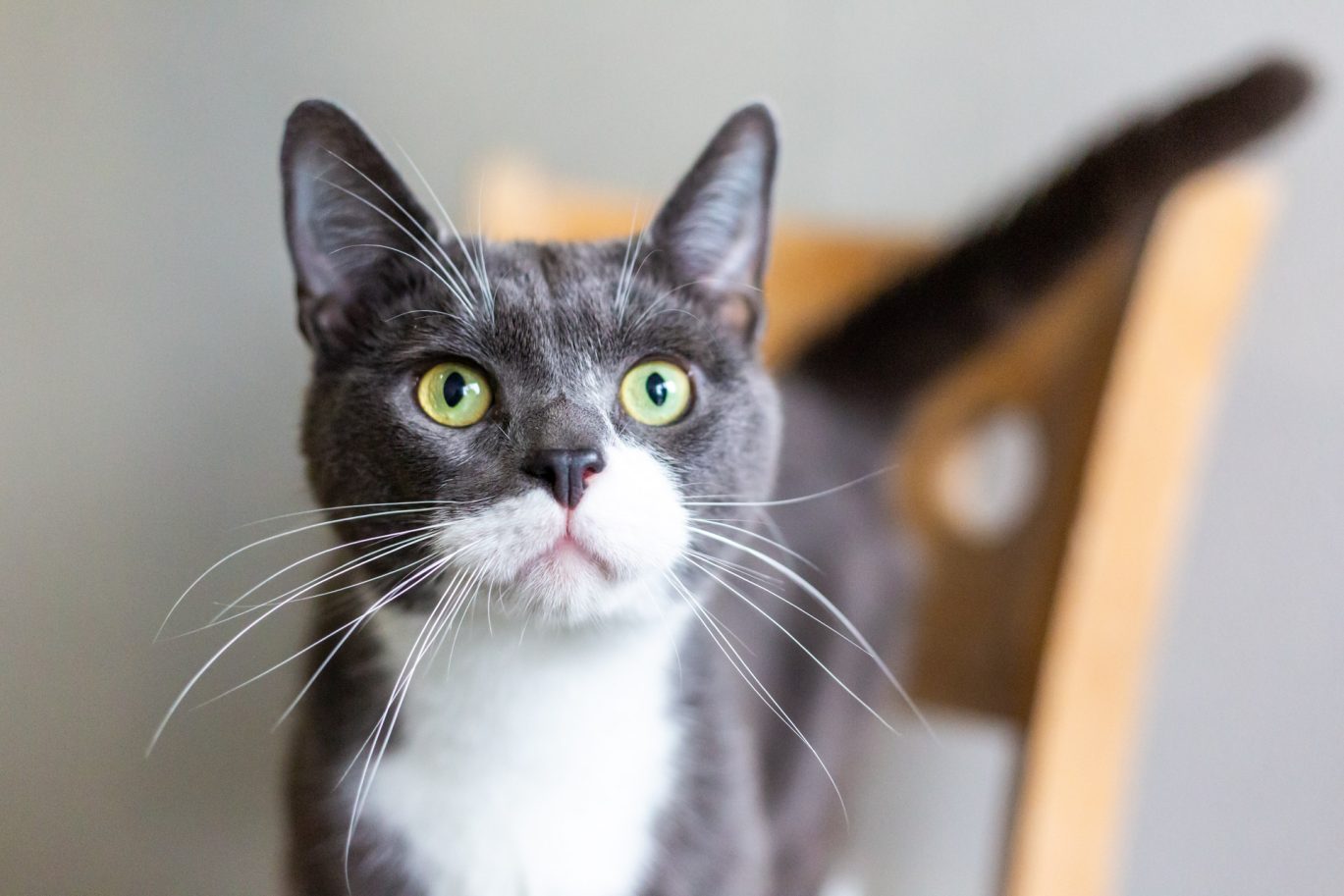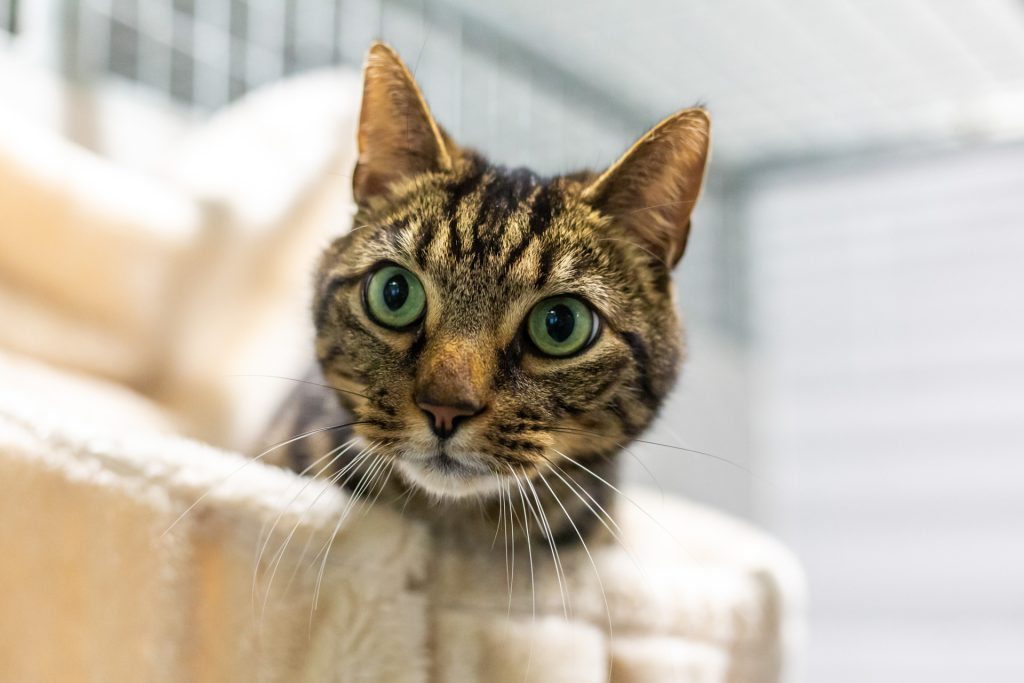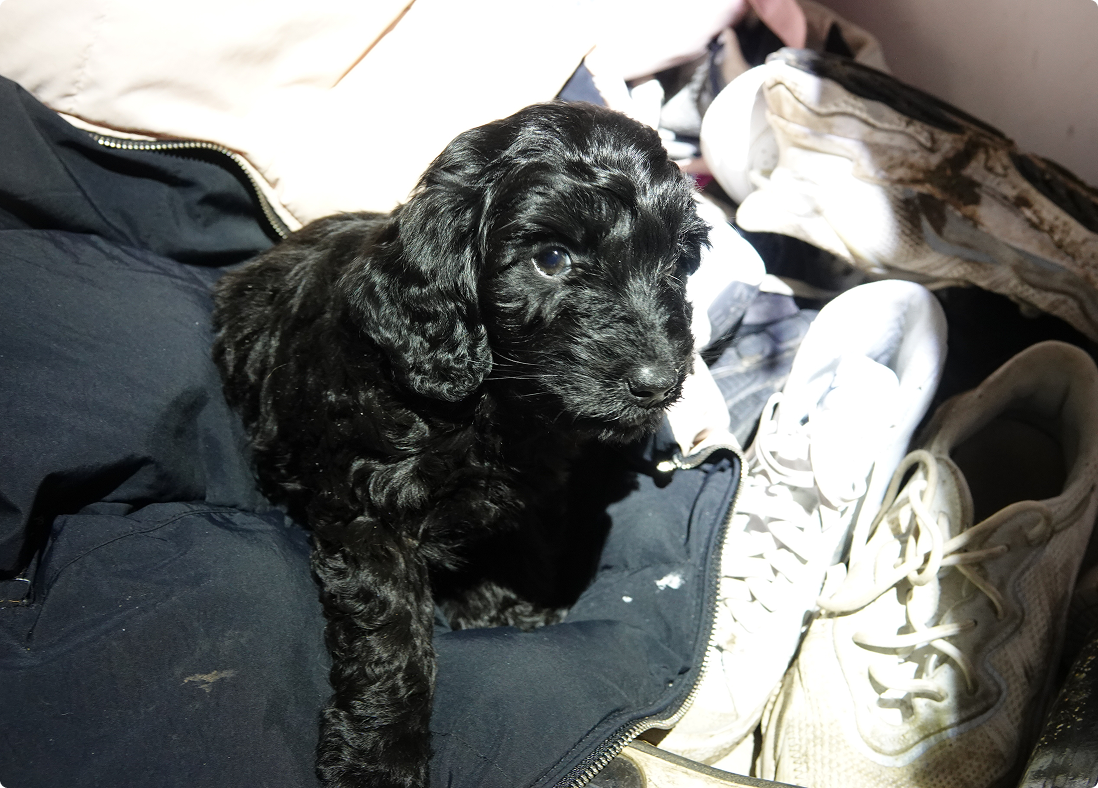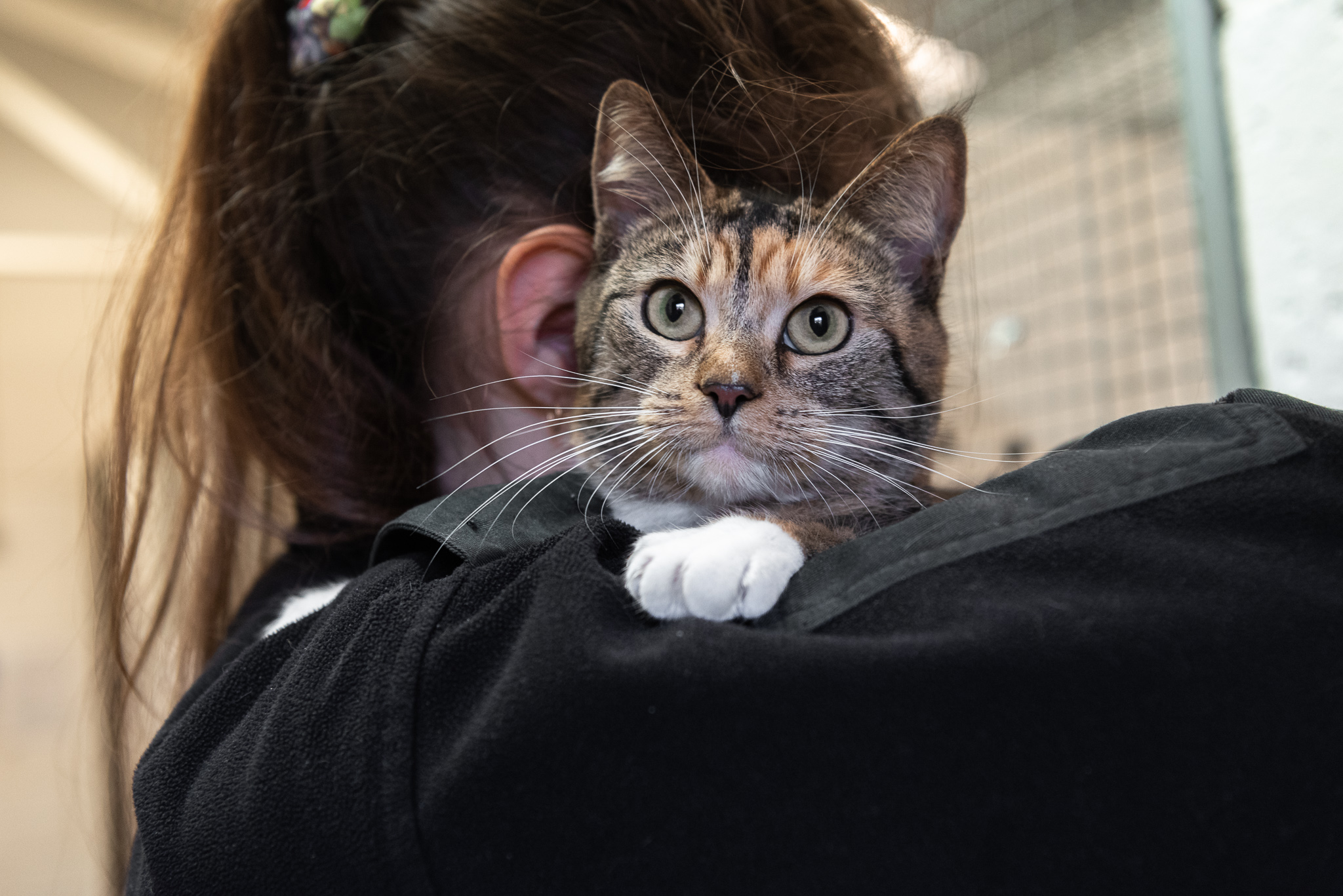
Cat Friendly Plants
Decorate your home with plants that you and your feline friend can enjoy.
Plants brighten up our lives, whether it’s a bit of greenery sitting on your windowsill or beautiful bedding in your outdoor space. But one thing that can easily slip your mind when you’re spoilt for choice at the garden centre is how our furry friends might react to any new houseguests. This is your guide to cat friendly greenery.
Will cats eat poisonous plants?
Our feline pals are naturally curious creatures, and while many tend to avoid plants that taste unpleasant or have strong scents, some will still chew on leaves out of boredom, playfulness or instinct. This means that there is always the possibility that they will nibble on toxic plants. That’s why it’s crucial to know which plants are safe and to either avoid toxic varieties altogether or keep them out of reach.
Which plants should I avoid?
First things first, there’s no need to panic and start throwing away all your blooms. Cases of plant poisoning are rare, mainly because cats, as curious as they may be, tend not to eat them. It’s more likely that a cat becomes unwell after brushing toxins on their fur or paws, which they then groom.
There are however, a number of common plants that would be top of our list to avoid as they can be toxic to cats if chewed or ingested, leading to anything from an upset tummy to more serious health issues.
Peonies
They contain paeonol, a toxin that can be harmful to both cats and dogs. Common signs that your cat has ingested this include gastrointestinal upset, vomiting and diarrhoea.
Daffodils
These spring beauties contain a poisonous substance called lycorine. Daffodil bulbs also contain crystals that are toxic to cats if eaten.
Tulips
As part of the lily family, it’s also smart to avoid tulips. The entire plant is poisonous to cats, but especially the bulb as this is where the majority of the toxins can be found.
Lilly toxicity
They may be beautiful and fragrant, but one of the biggest dangers for your feline companion when it comes to plants is the lily. Cats can be drawn to their beautiful bouquets, especially if you have them displayed on an easy-to-access table or shelf, but they are very dangerous if ingested. Some varieties are more poisonous than others, but as a general rule, we suggest that if you have a cat, you should avoid them altogether.
Interestingly, the toxic that poses a danger to cats is yet to be identified with dogs suffering only minor issues when they nibble the plant.
These bouquet-regulars should be completely avoided as the entire plant is toxic. This includes the stem, leaves, flowers and pollen which can be easily transferred or brushed off by your cat who may later lick their fur when grooming. The poison can even transfer to the water in the vase that you’re displaying them in.
Even just a small nibble or a few pollen grains licked off a cat’s fur can cause serious problems, including kidney damage, in as little as three days. With this in mind, it’s important to be vigilant. The best way to avoid this poisoning is by making sure your cat never comes into contact with the plant, but if you do suspect that they have ingested something they shouldn’t have, here are some signs to look out for:
- Increased urination and dehydration – are they drinking more than they usually would?
- Drooling
- Vomiting
- Loss of appetite
Be careful at Christmas – Poinsettias are poisonous to cats
These bright red plants are a symbol of the season and a common gift option. But they’re not a good gift for those with a feline lodger. Poinsettias, although not as poisonous as lilies, are mildly toxic to cats. It’s their milky-white sap that’s the culprit for the upset. If you fear that your feline friend has been in contact with the toxins in this plant, you’ll need to look out for the following symptoms:
- Vomiting
- Drooling or licking their lips
- Skin and eye irritation such as redness, swelling and itchiness
- Diarrhoea – this is more rare
Cat friendly indoor plants
Good news, cat friendly houseplants do exist. There are plenty of beautiful plants that can brighten up your home without putting your pet at risk.
Here are a few of our non-toxic favourites.
Chinese money plant
This quirky non-toxic houseplant is a fun addition to any home. With waxy, circular leaves, it also sprouts lots of babies – or ‘pups’ as they’re called.
Hoyas
More like a succulent than a traditional houseplant, hoyas come in a variety of shapes and colours, including heart-shaped ones.
Money tree
Resilient, low maintenance and fast growing, this plant is associated with good luck and fortune.
Spider plant
Well known for their air purifying skills, spider plants are easy growers and very hard to kill, making them perfect for plant novices. Although you don’t need to keep them away from cats, you do need to keep them away from direct sunlight.
Calatheas
These would be a go-to for more intermediate plant lovers. They can be a bit temperamental when it comes to light and watering, but they do come in a range of patterns and bold colours.
Venus flytrap
Who knew this carnivorous plant could be a favourite for cat owners? With the added benefit of ridding your house of annoying pests, the Venus flytrap is also very low maintenance.
Boston fern
A perfect hanging plant option if you have a curious cat who thinks everything is a toy, the Boston fern is a safe addition that requires a cool spot with indirect light and high humidity.
Peperomia
A smaller option if you’re limited on space, peperomia are cute and easy to care for.
Orchid
If you’re looking for something a little more dramatic and colourful, orchids come in a lot of stunning varieties.
Cat friendly outdoor plants
If your cat loves exploring the great outdoors, there are some plant choices that will make your garden both beautiful and pet-safe. Then they can roam free with peace of mind.
Here are a few examples of outdoor options that are non-toxic and even enriching for your feline friend.
Roses
These classic and beloved additions to any garden are known for their stunning blooms and sweet fragrance. Non-toxic, they’re a safe choice for outdoor spaces that are shared with feline friends. However, it’s always sensible to stay cautious of the thorns which can cause scratches or injuries.
Irish moss
This low-growing, vibrant green plant can add a carpet effect to lawns and pathways. Non-toxic and perfectly safe and comfortable for cats to walk and lounge on, it prefers moist, well-drained soil.
Jacob’s ladder
A charming perennial known for its fern-like foliage and clusters of delicate, bell-shaped blue or violet flowers, Jacob’s ladder adds texture and colour without posing any health risks.
Coral bells
Popular for garden borders and shaded areas, these beautiful garden additions produce delicate bell-shaped flowers on tall, slender stalks that attract pollinators like hummingbirds and butterflies.
Tickseed
This cheerful, sun-loving perennial is known for its bright, daisy-like flowers that bloom in shades of yellow, orange, pink and red – offering vibrant colour without any danger to your furry companions.
Cat friendly herbs
Growing herbs in your home or in your garden is a lovely way to add fresh flavour to your creations. Although there are a few that are harmful to cats like chives, ragwort (tansy), tarragon and mint, there are plenty that are completely safe for your furry friend.
These include:
- Basil
- Thyme
- Coriander
- Rosemary
- Sage
What are the signs of plant poisoning in cats?
The symptoms that your cat has been nibbling something it shouldn’t have can vary depending on the type of plant and the amount that they have ingested. These include vomiting, diarrhoea, drooling, loss of appetite and lethargy.
In more severe cases, you might notice difficulty breathing, tremors, seizures or changes in their urination. Some highlight toxic plants like lilies can cause sudden kidney failure, which may not show symptoms right away, but can become life-threatening if not treated promptly.
If you suspect that your cat has chewed or eaten a potentially poisonous plant, it’s important to contact your vet immediately. Early intervention and treatment can make a significant difference in your cat’s recovery.
With a little planning and plant know-how, you can enjoy the beauty of greenery indoors and outdoors without putting your cat at risk. From colourful blooms to fragrant herbs, there are plenty of beautiful, non-toxic options to explore. And remember, when in doubt, always double-check a plant’s safety before bringing it home. A little caution goes a long way in keeping your feline friend safe while you both enjoy a greener world.
We hope this advice helps

Please consider giving a one-off donation today to help us care for the many feline friends at our rescue centres.

Puppies across Scotland need your help
Please consider giving a monthly donation today. Give Scotland’s animals the gift of safety this winter and beyond. The criminals involved in the low-welfare puppy trade never stop. And with your help, neither will we. Every £1 matters to puppies like Winnie.


